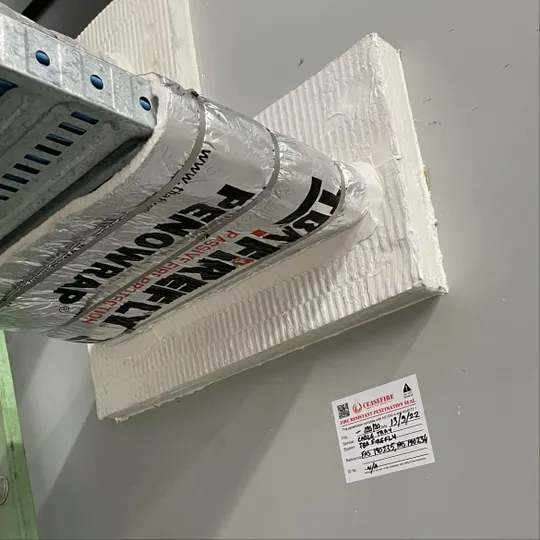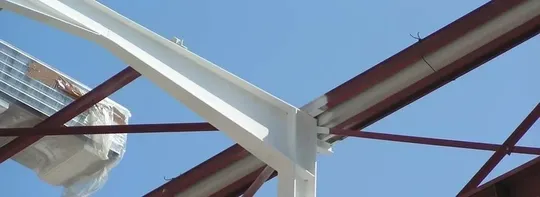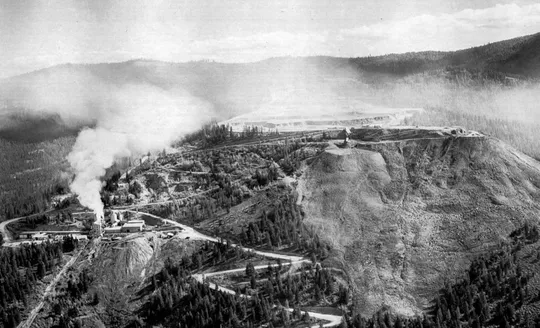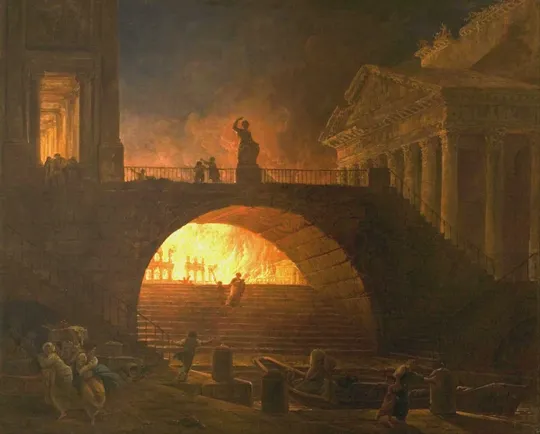
If there is a cable tray penetrating through a fire rated wall that is supporting services, then consideration should be given to how this may affect the fire safety of a building. Penetrations through fire walls present a risk to the containment of the spread of fire and should be protected with the appropriate passive fire system by fire stopping cable trays. The only reason it would not be fire rated if it is passing through a fire-rated wall or slab is because there is a special fire engineered report or alternate solution for the circumstances. In specific situations there may exist other reasons that would make it necessary to achieve a fire rated cable tray to satisfy the performance requirements of the National Construction Code.
Cable tray through fire rated wall
The most common solution for the fire protection of cable trays penetrating walls is to wrap it with insulation on both sides and finish it off with mastic or as per the manufacturer’s test evidence and installation recommendations.
Cable tray fireproofing through slabs
The most common solution for trays penetrating a slab is to wrap it with insulation on the topside or sometimes both sides and finish it off with mastic or as per the manufacturer’s test evidence and installation recommendations.
Fire rated cable tray enclosures
In certain circumstances, a builder may require large sections or entire runs of cable tray services to be protected within a fire rated enclosure system. For example, a cable tray may contain electrical cables powering essential services that are still required to operate under extreme fire conditions. There are test reports supporting the use of vermiculite sprays, fireproof vermiculite boards, and other fire rated board products to protect a cable tray enclosure.

Do we fire rate the actual cable tray?
Yes, if it is part of the manufacturer’s test report evidence which it usually is 99% of the time. Cabletrays are metal and can easily transfer heat from one compartment to another. There were some passive fire systems in the past which omitted addressing the actual tray, but these usually did not achieve insulation criteria, meaning that it only satisfied a fire resistance level of -/120/- at most.
What if I remove the tray where it passes through the wall or slab?
This one is complicated and bound to cause issues later on. If you remove the cable tray or it simply stops short of penetrating the fire compartment, logically you would only need to fire-rate the services. There are plenty of great systems on the market these days that make it easy to fire-rate the entire cable tray instead of individual services.
What services are commonly tested on cable trays?
It is always best to check with the manufacturer first, but D1 and D2 configuration cables are almost always covered. Cables in a variety of sizes. What is not always covered and often causes confusion in our experience are plastic conduits and lagged copper pipes. These should have their own penetration at a safe distance from the cabletray. Trades should avoid sharing service penetrations wherever possible.











